The Impact of Environment on Behavior of a Yellow Cockatiel
Delve into how environment influences the behavior of Yellow Cockatiels, from socialization to diet impact and adaptive behaviors in captivity.

Cockatiels, with their charming personalities and striking features, have soared in popularity as pets. Among the various color mutations, the yellow cockatiels, particularly the gorgeous lutino cockatiel, stands out with its bright yellow feathers and captivating presence. Understanding how the environment influences the behavior of these feathered friends is crucial for any cockatiel enthusiast.
Key Takeaways:
- The environment plays a significant role in shaping the behavior of yellow cockatiels.
- Proper cage setup, social interaction, and mental stimulation are essential for a healthy cockatiel.
- Recognizing the signs of environmental stress can help prevent behavioral issues.
A Home for Your Yellow Cockatiel: The Importance of the Right Bird Cage
When it comes to housing a cockatiel, the bird cage is more than just a space—it's their entire world. A spacious cage that allows for flight and movement is essential. The cage should be equipped with perches of varying sizes to promote foot health and prevent sores. Additionally, the placement of the cage can influence your cockatiel's behavior. A cage placed in a social area of the home encourages interaction and prevents loneliness, which is particularly important for social birds like the second cockatiel mutation, the lutino gene carriers.
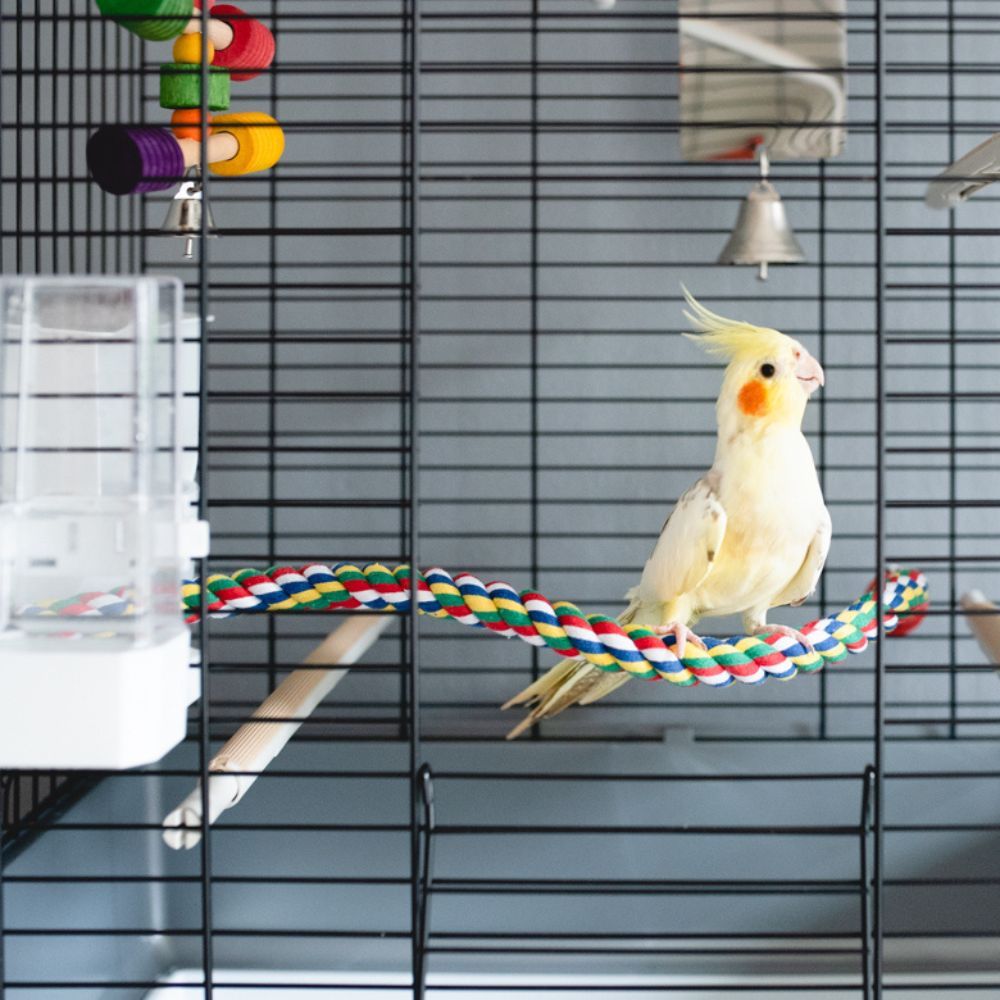
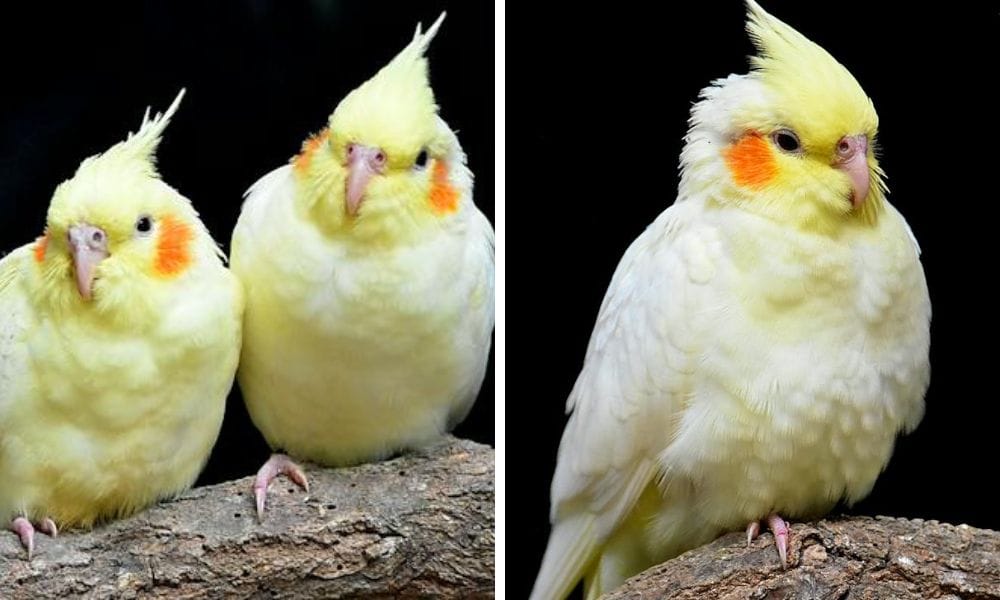
The Social Dynamics: Male and Female Cockatiels
Understanding the social needs of male and female cockatiels is vital. Male lutino cockatiels are known for being more vocal and may even learn to talk cockatiels phrases. In contrast, female pearl cockatiels, including the lutino pearl variant, may exhibit nesting behaviors and require a nest box for comfort. Introducing a second cockatiel can provide companionship, but it's important to monitor their interactions to ensure they are compatible.
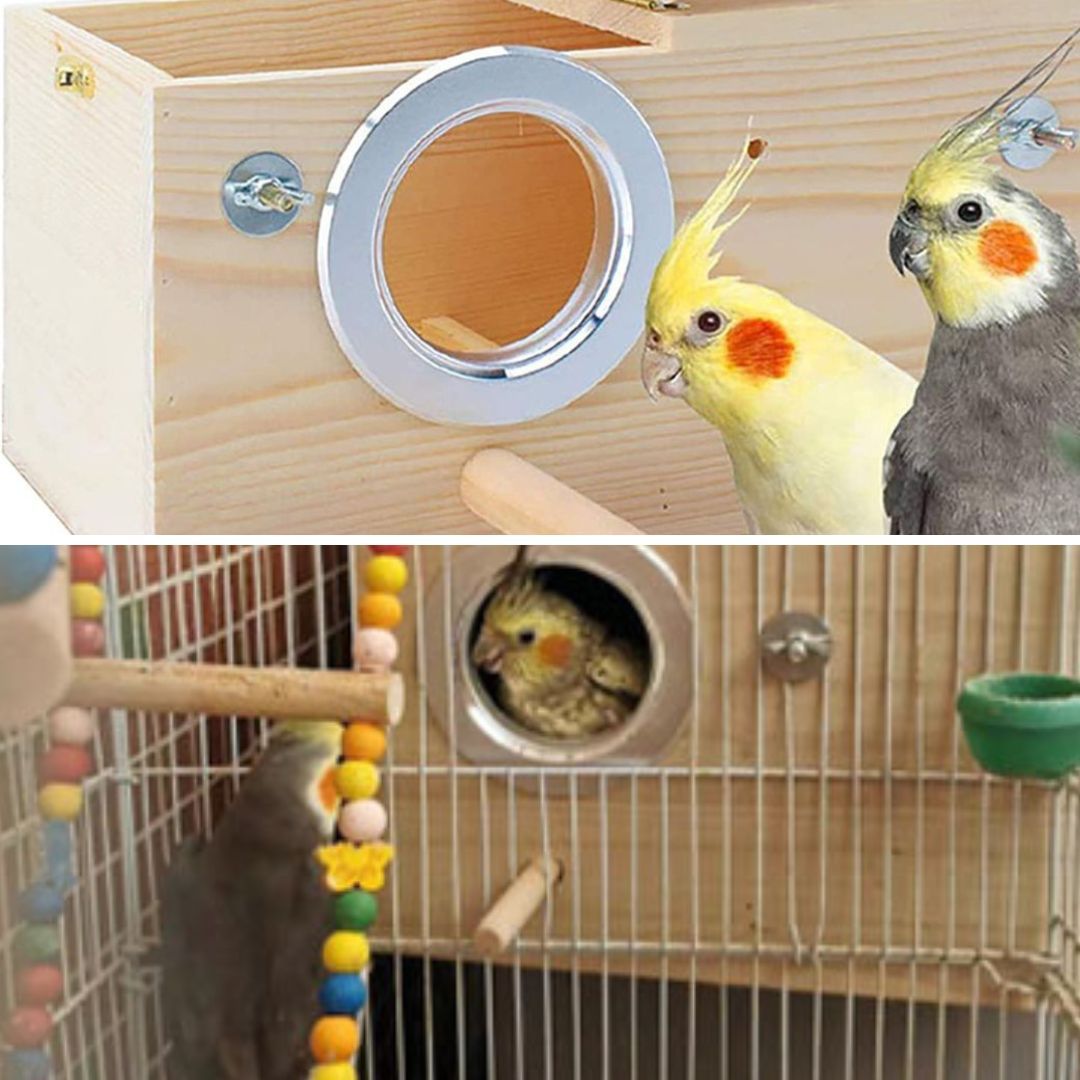
The Lutino Gene: A Splash of Color in the Aviculture World
The lutino cockatiel is one of the most sought-after color mutations in the aviculture world. This mutation results in a bird with white to light yellow plumage and bright orange cheek patches. The lutino gene removes the gray pigment, resulting in the yellowish tint and red eyes seen in these birds. Environmental factors such as lighting can affect how the lutino cockatiel's plumage appears, with natural sunlight enhancing their vibrant colors.
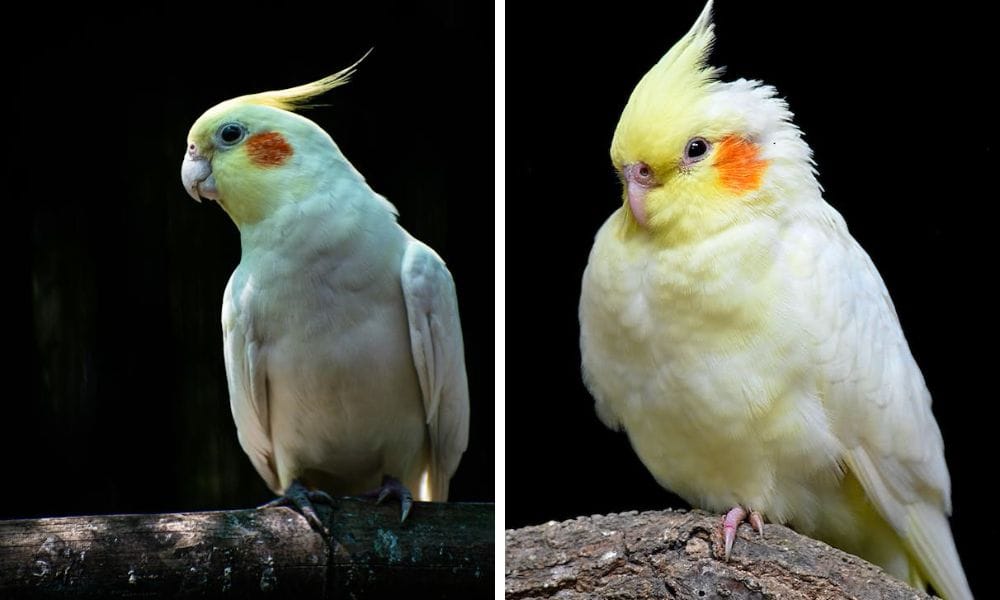
Diet and Nutrition: Fueling the Bright Yellow Feathers
A balanced diet is crucial for maintaining the health and vibrant plumage of yellow cockatiels. Seeds alone are not enough; a mix of pellets, fresh fruits, and vegetables should be included. Foods rich in beta-carotene, like sweet potatoes and carrots, can help maintain the bright yellow feathers and orange cheeks of lutino cockatiels. Clean, fresh water should always be available, as it is essential for hydration and bathing, which keeps their feathers in top condition.
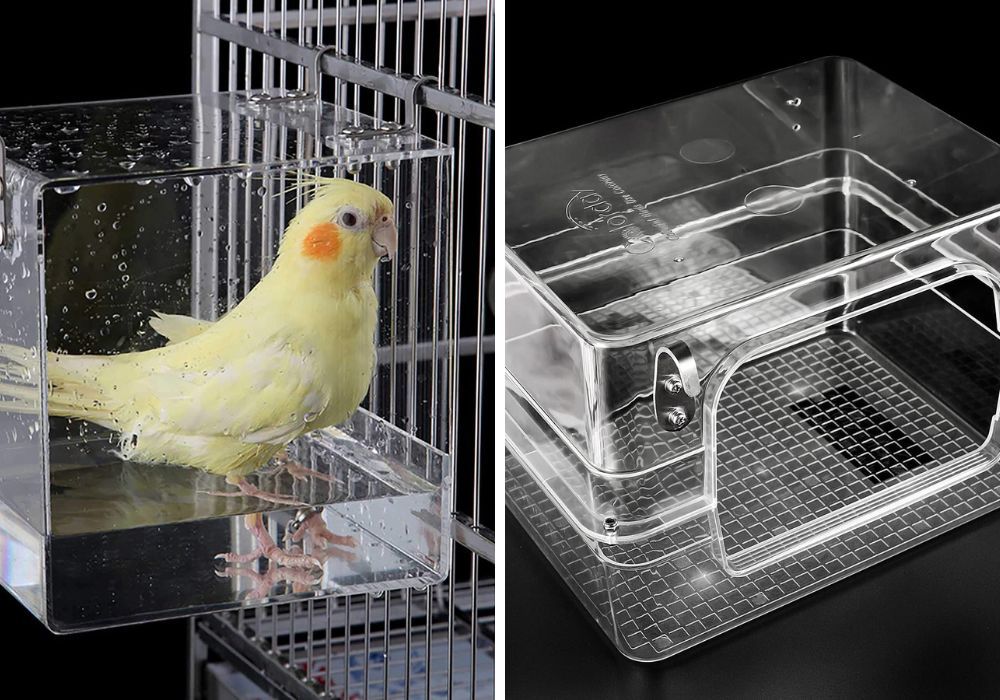
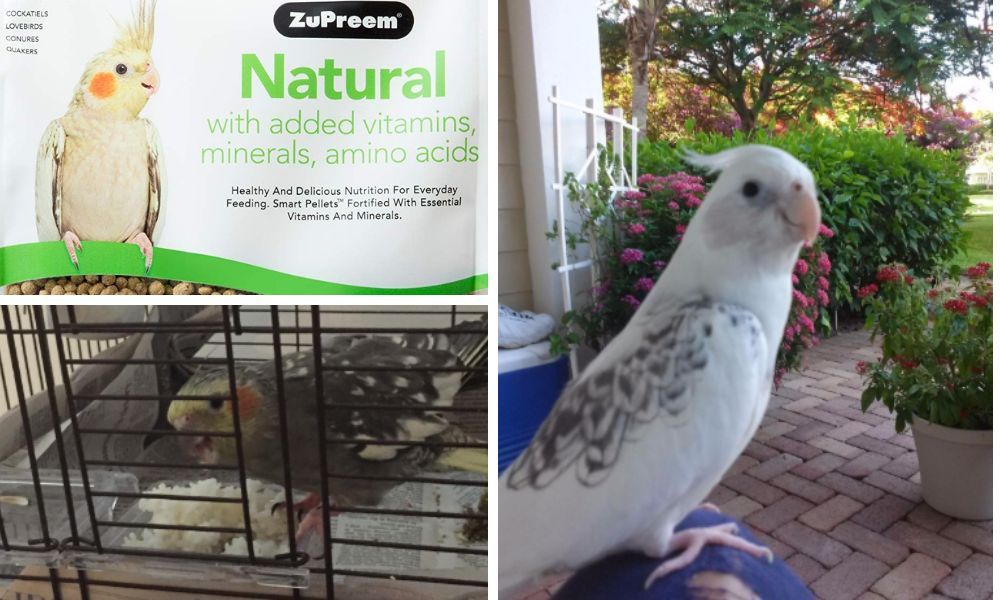
The Role of Toys and Enrichment in Cockatiel Behavior
Toys and enrichment activities are not mere diversions; they are critical for the mental well-being of pet birds. Yellow cockatiels, like other parrots, are intelligent and require mental stimulation to prevent boredom and destructive behaviors. Toys that encourage foraging, chewing, and problem-solving can keep a cockatiel engaged. Rotating toys regularly can also help maintain interest and provide a sense of novelty.

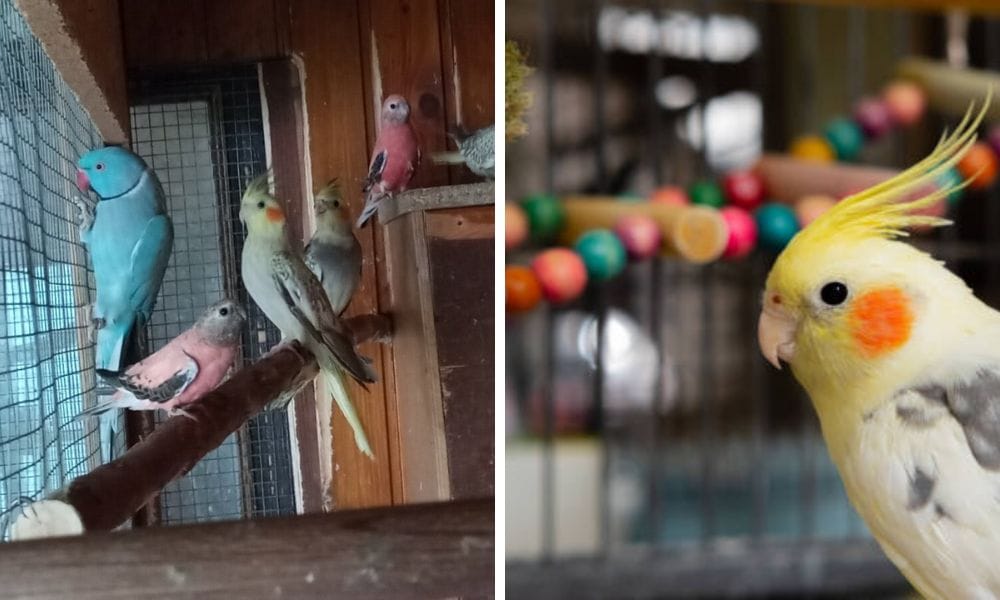
Recognizing Stress and Its Behavioral Signs
Stress can manifest in various ways in yellow cockatiels. Over-preening, feather plucking, and aggression can all be signs of an uncomfortable environment. Factors such as loud noises, lack of social interaction, or an improperly set up cage can contribute to stress. Observing your cockatiel's behavior closely and making necessary environmental adjustments can help mitigate these issues.
Exploring the Shades: Variations in Cockatiel Colors and Patterns
Cockatiels, or Nymphicus hollandicus, exhibit a fascinating array of colors and patterns that go beyond the vibrant yellow head and prominent white flashes of the classic lutino pied. The cinnamon cockatiel, for instance, captivates with its warm, cinnamon-hued feathers that contrast beautifully against the lighter grey of its wings and tail feathers. This mutation affects the color of the melanin in the feathers, resulting in a softer, more diluted brownish-grey color that is particularly noticeable in the flight feathers and tail.
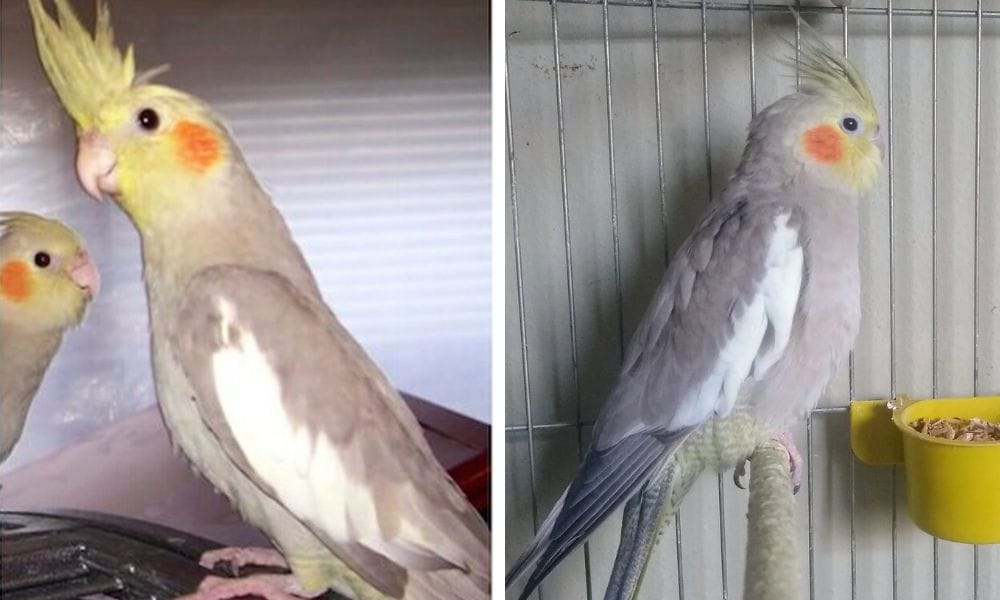
The pied mutation in cockatiels is another example of the breed's diverse beauty. Pied cockatiels, including the pearl pied and lutino pied varieties, showcase a mix of their normal grey cockatiel base color with patches of white plumage or light yellow body coloration. These patterns are unique to each bird, with some displaying prominent white flashes on the outer edges of their wings, while others may have a more evenly distributed pied pattern. The pied effect can also influence the facial feathers covering, leading to a striking appearance that makes each pied cockatiel a one-of-a-kind beautiful pet bird.
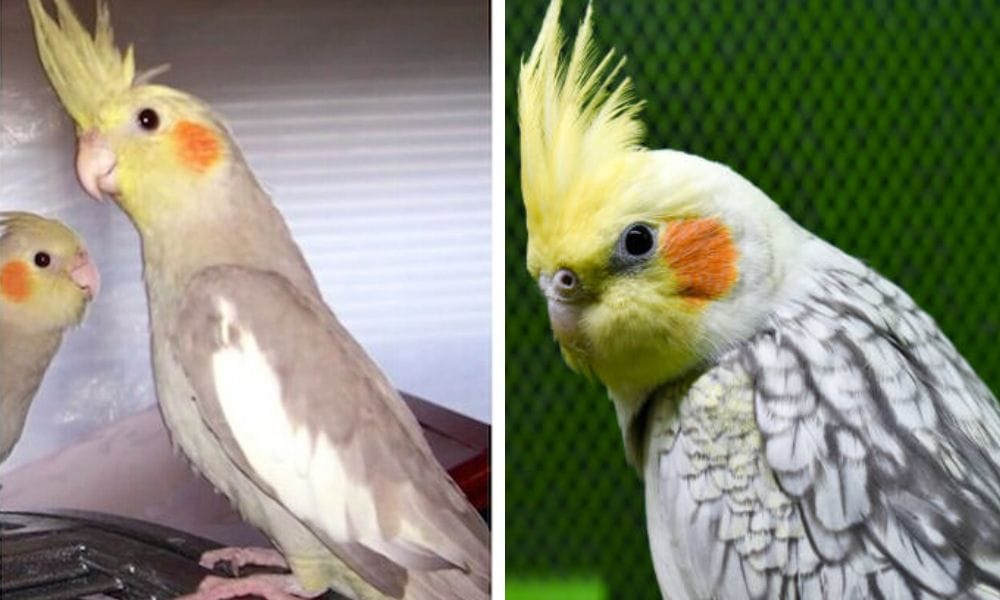
The Cockatiel's Family Tree: Understanding Their Avian Heritage
Cockatiels are a proud member of the parrot family, with their closest relatives being the larger cockatoos, which explains their shared traits like the yellow crest and the ability to mimic sounds. However, cockatiels are unique in their own right, often recognized by their long tails and smaller size compared to their cockatoo cousins. The male cockatiel, in particular, is known for its bright yellow face and orange cheek patch, which are hallmarks of the species and a delight to bird enthusiasts.
While exploring the animal world, one might stumble upon the Florida Parrot Jungle, where avian expert Cliff Barringer has worked with various species, including cockatiels. Here, one can observe the differences between the male and female pearl cockatiel, with females typically retaining their intricate pearl patterning throughout their lives, while males may lose some of these markings after their first molt. The normal grey cockatiel, often referred to as the 'wild type', showcases the species' primarily grey plumage, a testament to the cockatiel's natural heritage and adaptability in the wild.
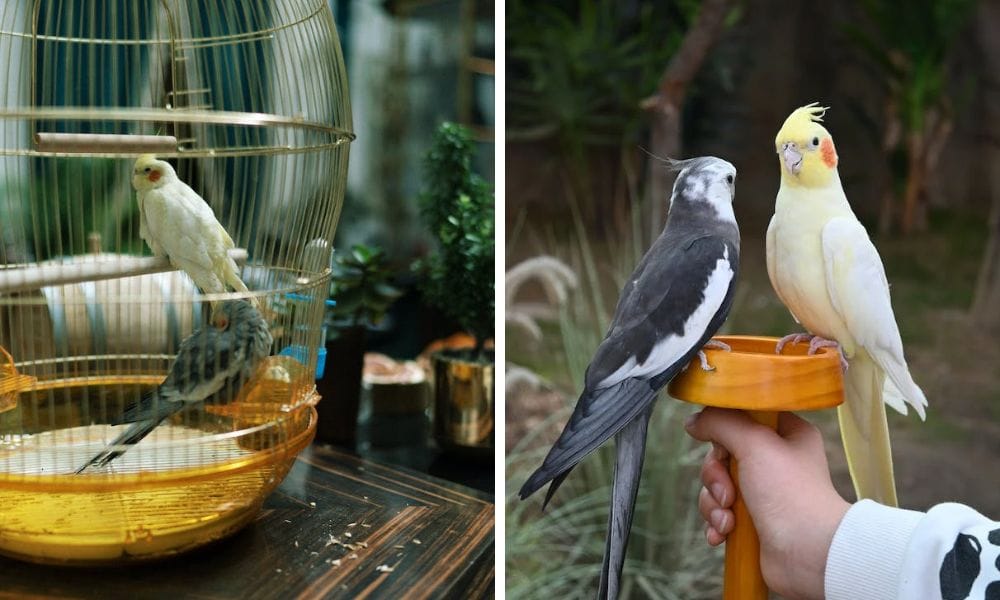
The Influence of Seasonal Changes on Cockatiel Behavior
Seasonal changes can have a profound effect on the behavior of yellow cockatiels. Longer daylight hours during spring and summer can trigger hormonal changes, leading to mating behaviors or territorial aggression. Providing a stable environment with consistent light cycles can help manage these seasonal behavioral shifts.
The Significance of Regular Vet Visits
Regular check-ups with an avian veterinarian are essential for maintaining the health of your cockatiel. Health issues can often lead to changes in behavior, and early detection is key to successful treatment. An avian vet can also provide advice on environmental enrichment and dietary needs specific to your cockatiel's color mutation.
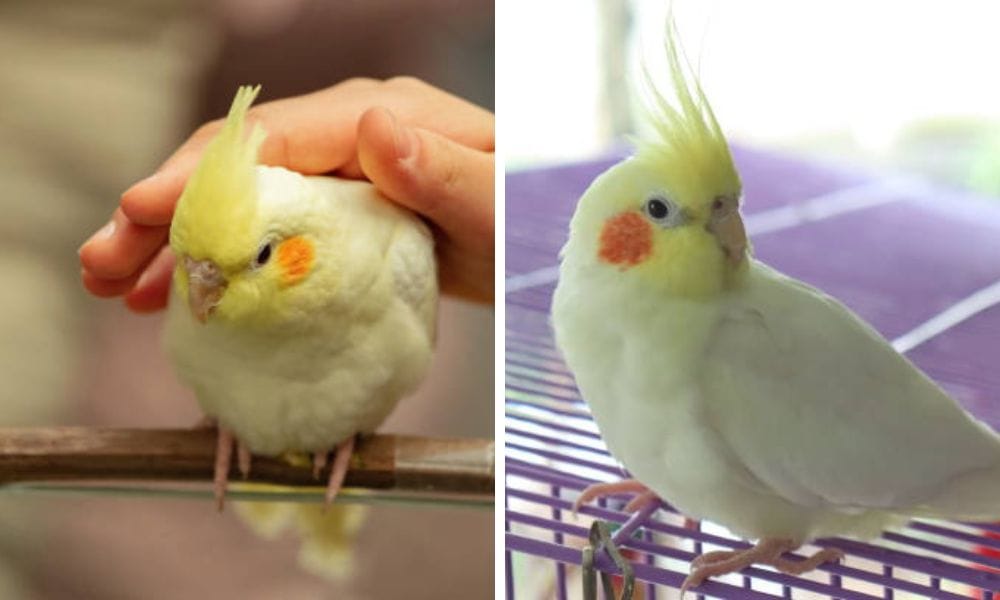
The Impact of Human Interaction on Cockatiel Behavior
Yellow cockatiels thrive on interaction with their human companions. Regular handling and socialization can help prevent behavioral issues such as biting or shyness. Positive reinforcement training can also strengthen the bond between you and your cockatiel, making it a more sociable and well-adjusted pet.
The Role of Flight in a Cockatiel's Life
Allowing your cockatiel to fly safely within the home can greatly benefit their physical and mental health. Flight provides exercise, which is important for maintaining a healthy weight and muscle tone. It also offers mental stimulation and helps satisfy their natural instincts. Ensure the flying area is safe and free from hazards such as open windows or toxic plants.
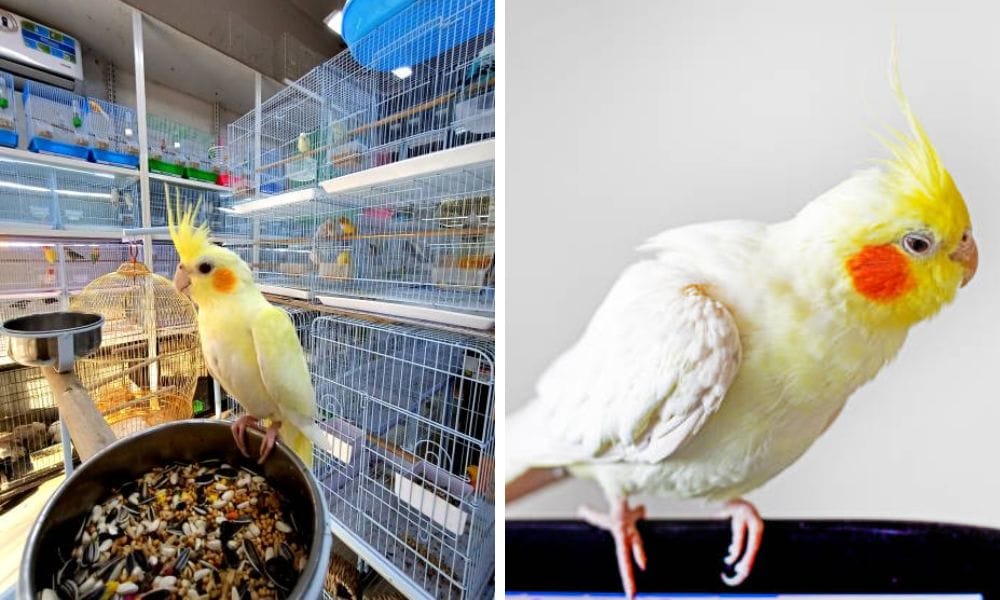
Understanding Cockatiel Vocalizations and Body Language
Cockatiels communicate through a variety of sounds and body language cues. A happy cockatiel may sing or whistle, while hissing or growling can indicate discomfort or fear. Observing these vocalizations and body language in relation to their environment can provide insights into your cockatiel's emotional state.
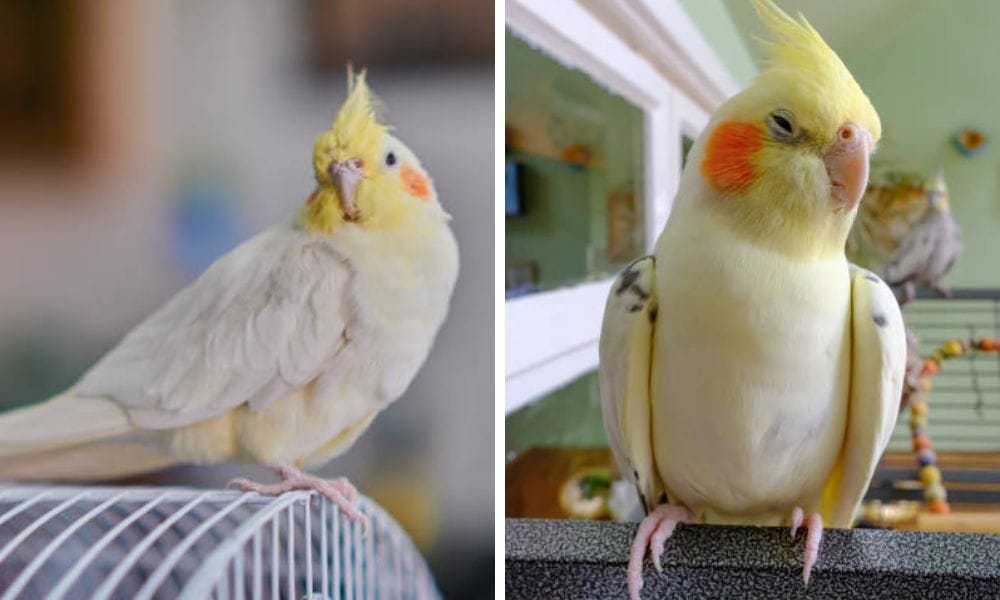
The Importance of a Stable Routine
Cockatiels are creatures of habit and appreciate a stable routine. Consistent feeding times, play sessions, and periods of rest can help create a sense of security. A disrupted routine can lead to stress and anxiety, so it's important to establish and maintain a regular schedule for your yellow cockatiel.
The Effect of Multi-Pet Households on Cockatiels
In homes with multiple pets, it's important to consider the impact on your cockatiel. Other birds, especially larger ones, can intimidate cockatiels, while predatory pets like cats and dogs can cause stress. Proper introductions and ensuring each pet has its own space can help maintain harmony in a multi-pet household.
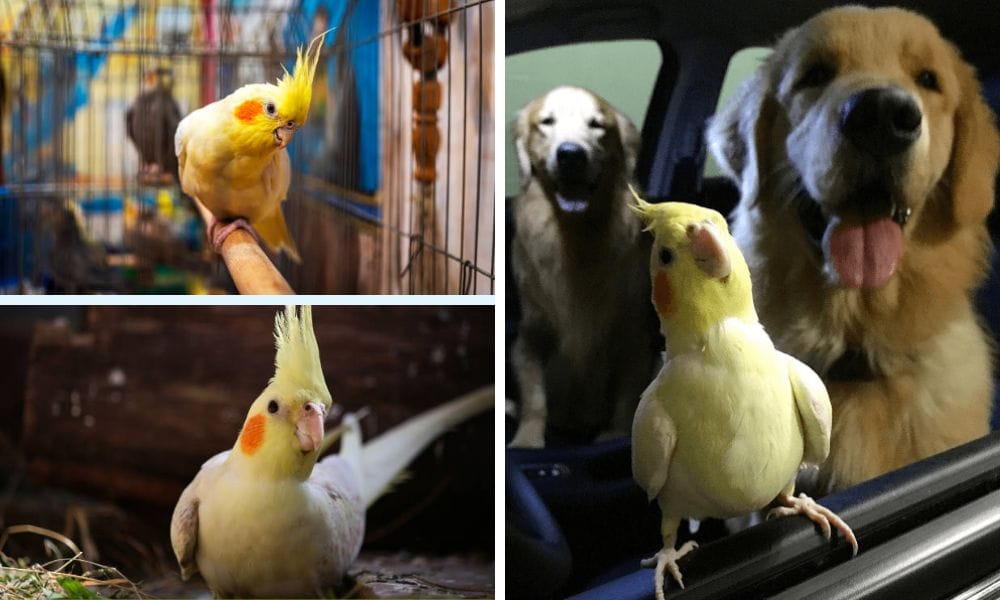
Summary
The environment plays a pivotal role in the behavior and well-being of yellow cockatiels. From the right cage setup and diet to social interaction and mental stimulation, each aspect contributes to a happy and healthy bird. By understanding and catering to their specific needs, you can ensure your cockatiel thrives in its home.
FAQ Section
Q: How often should I interact with my cockatiel? A: Daily interaction is recommended for yellow cockatiels. They are social creatures and benefit from regular engagement with their human companions.
Q: Can yellow cockatiels be kept with other bird species? A: While yellow cockatiels can be kept with other birds, careful introductions and monitoring are necessary to ensure compatibility and prevent bullying or stress.
Q: What are the signs that my cockatiel is stressed or unhappy? A: Signs of stress in cockatiels include feather plucking, aggression, changes in vocalization, loss of appetite, and lethargy. If you notice these behaviors, assess the environment for potential stressors and consult an avian veterinarian.

